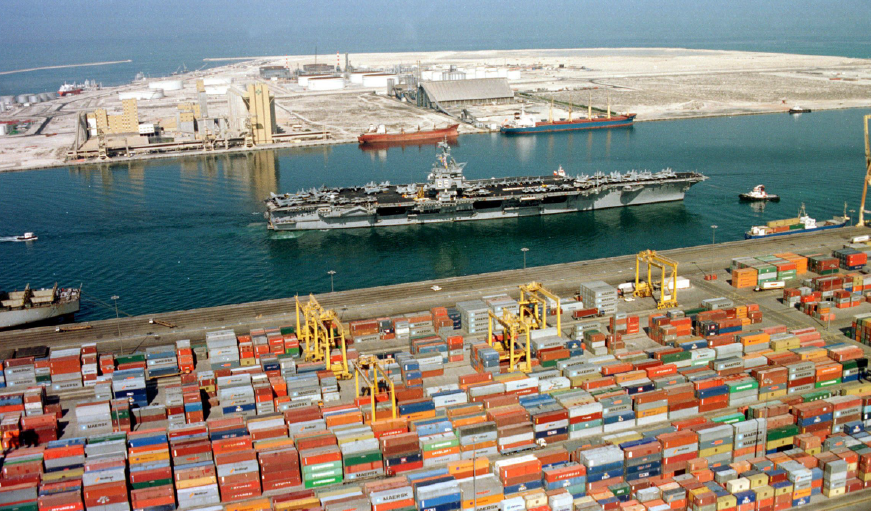Sea transportation crisis impacts freight costs
MEKSEA.COM – Entering the post-Covid era, once again transportation costs are escalating, but under different circumstances. The crisis that emerged in late 2023 is posing new challenges for global freight industries.
As shippers strive to find solutions and alternative routes, an interesting development is the proposal for a land bridge through the Middle East. Dubbed as the “express delivery service,” this bridge is expected to shorten the sea route by 10 days via Saudi Arabia and Jordan to Haifa in Israel and Port Said in Egypt, allowing goods to continue onward to Europe and beyond.

To evade attacks by Houthi rebels in Yemen, ships typically traversing the Suez Canal are being rerouted around the Cape of Good Hope in South Africa, elongating the journey from Asia to Europe. Meanwhile, severe drought has reduced water levels in the Panama Canal, limiting the number of ships that can pass through. Global maritime trade via these two channels collectively accounts for an estimated 12% of global trade (USD 1 trillion) and 5% of global maritime trade (USD 2.5 trillion).
Concerns are mounting regarding the cost implications of this crisis, such as rising commodity prices, fuel and labor costs, as well as refrigeration expenses for perishable goods, including aquatic species due to extended transit times. Exporters are grappling with how to deal with these increased costs without burdening end consumers or breaching existing contracts. Continuous delays in shipments have been observed.
The mid-January 2024 global container freight index has surged to $3407. Despite increasing by 211% since October 2023, it peaked in October 2021 at USD 11,188.60.
Freight rates for shipping a standard container from China/East Asia to Northern Europe according to the Freightos Baltic Index (FBI) for the week ending January 23 have risen by 417% to USD 5481 since October 2023. From China/East Asia to the East Coast of North America, the rate has risen by 177% to USD 6141, and to the West Coast of North America by 158% to USD 4047, while to the Mediterranean, it has surged by 372% to USD 6473.
The Suez Canal is paramount for trade between Asia and Europe, being the shortest sea route between Southeast Asia and Europe. As a region that encompasses approximately 60% of the world’s population, Asia plays a crucial role in the global supply and marketing of seafood.
Analysts from Freightos anticipate that the situation is likely to persist for a while, characterized by excess capacity, delays, and additional costs to accommodate increased demand following the Chinese New Year. This situation is also expected to contribute to inflation and create further barriers.
Read more: Shipping stocks jump as freight costs soar amid Red Sea tensions
| What Meksea can provide for this tough situation? |
| For the high cost: Combining container services can help businesses save much cost for ocean freight. Meksea can help to stuff many different seafood items into 1 container, you can purchase a diversity of goods with high quality and saving cost.
For the booking: We’ll follow the shipping schedule strictly, update you with the clear time, and push for your booking in priority as our agent’s best solution. So what is your next purchase plan? Meksea is eager to hear from you and let us bring you our best value from Vietnam. |
By Hayati (Meksea Team)
(hayati@mekseaconnection.com)
(Reference: VASEP)
If you found this topic interesting, please click the Like button below, so we may continue to expand this topic. Leave a comment with your thoughts for the author team to discuss

